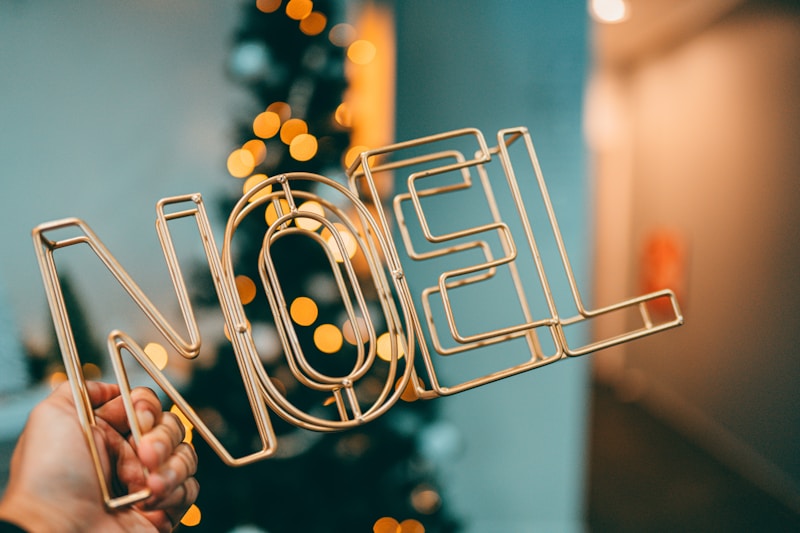Exploring Symbolic Elements in Ceremonies: A Comprehensive Guide
Introduction to Symbolic Elements in Ceremonies
Ceremonies are significant events that often mark important milestones in our lives, from weddings and graduations to religious rituals and cultural celebrations. At the heart of these events lie symbolic elements that convey deeper meanings, making them more than mere formalities. In this article, we will delve into the symbolic elements in ceremonies, exploring their importance, variations across cultures, and how they enhance the overall experience. We will also discuss how these elements can be incorporated thoughtfully into your own ceremonies.
The Importance of Symbolism in Ceremonies
Symbolism plays a crucial role in ceremonies by providing a visual and emotional connection to the values, beliefs, and traditions associated with the event. These symbolic elements help to:
- Enhance Meaning: They add depth and significance to ceremonies, allowing participants to connect on a spiritual level.
- Create Memories: Symbolic acts and objects make ceremonies memorable, providing lasting impressions for attendees.
- Strengthen Identity: They often reflect cultural or personal identities, making the event feel unique and tailored.
Common Symbolic Elements in Various Ceremonies
Different ceremonies use a variety of symbolic elements, each serving a specific purpose. Below, we outline some common elements along with their meanings:
| Ceremony | Symbolic Element | Meaning |
| Weddings | Rings | Unending love and commitment |
| Graduations | Caps and Gowns | Achievement and transition into adulthood |
| Funerals | Flowers | Symbol of life, beauty, and the transient nature of existence |
| Cultural Festivals | Traditional Attire | Representation of cultural heritage and pride |
Exploring Symbolic Elements in Specific Ceremonies
Weddings
In weddings, symbolic elements abound. One of the most prominent symbols is the wedding ring. Traditionally made of precious metals, the ring represents an unbroken circle, echoing the idea of eternal love. Another significant act is the unity candle ceremony, where the couple lights a single candle from two individual ones, signifying their union and the blending of two families.
Graduations
Graduation ceremonies celebrate the transition from one life phase to another. The cap and gown symbolize academic achievement and the journey of learning. The turning of the tassel from one side of the cap to the other is a powerful moment, marking the shift from student to graduate. Additionally, diplomas are often presented as a tangible reminder of the hard work and dedication invested in education.
Funerals
Funeral ceremonies use a variety of symbolic elements to honor the deceased. Flowers are commonly used to symbolize beauty and the ephemeral nature of life. White flowers, in particular, are often associated with purity and peace. Rituals like lighting candles can symbolize the light that the deceased brought into the lives of those they touched.
Cultural Festivals
Cultural ceremonies often feature traditional attire that highlights the unique heritage of a community. For example, during the Chinese New Year, wearing red symbolizes good fortune and joy, while during Diwali, wearing new clothes represents renewal and new beginnings. Such attire serves not only to celebrate culture but also to instill a sense of belonging and identity among participants.

How to Incorporate Symbolic Elements in Your Ceremony
If you're planning a ceremony and want to incorporate symbolic elements, consider the following tips:
- Reflect on Personal Values: Think about what is significant to you and your loved ones. Choosing symbols that resonate with your values will make your ceremony more meaningful.
- Research Cultural Traditions: If you're celebrating a cultural event, research traditional symbols associated with it and consider including them in your ceremony.
- Engage Participants: Involve loved ones in the planning process to gain insights into what symbolic elements they find meaningful.
- Be Intentional: Each element you choose should serve a purpose—think about what you wish to convey and how the chosen symbols reflect that.
Conclusion
Symbolic elements in ceremonies enhance the emotional depth and significance of these events. By understanding and thoughtfully incorporating these elements, you can create a memorable experience that resonates with all participants. Whether it’s a wedding, graduation, funeral, or cultural festival, the right symbols can transform a simple gathering into a profound celebration of life and values. As you plan your next ceremony, keep in mind the importance of these symbols and consider how they can serve as a bridge between the past, present, and future.
Remember, the key to creating a powerful ceremony lies not only in the visible elements but also in the stories they tell and the connections they forge with participants. Embrace the beauty of symbolism, and you’ll ensure that your ceremony is a true reflection of what matters most.